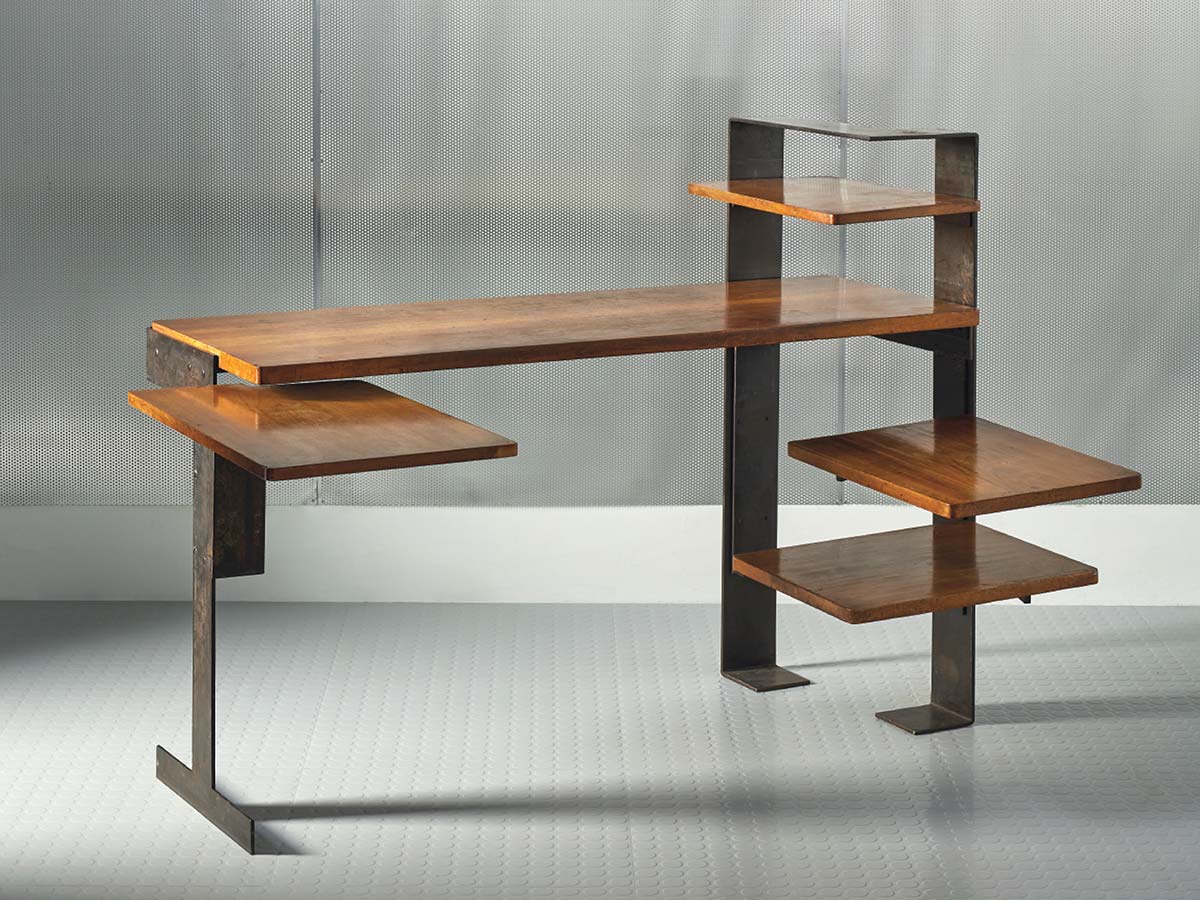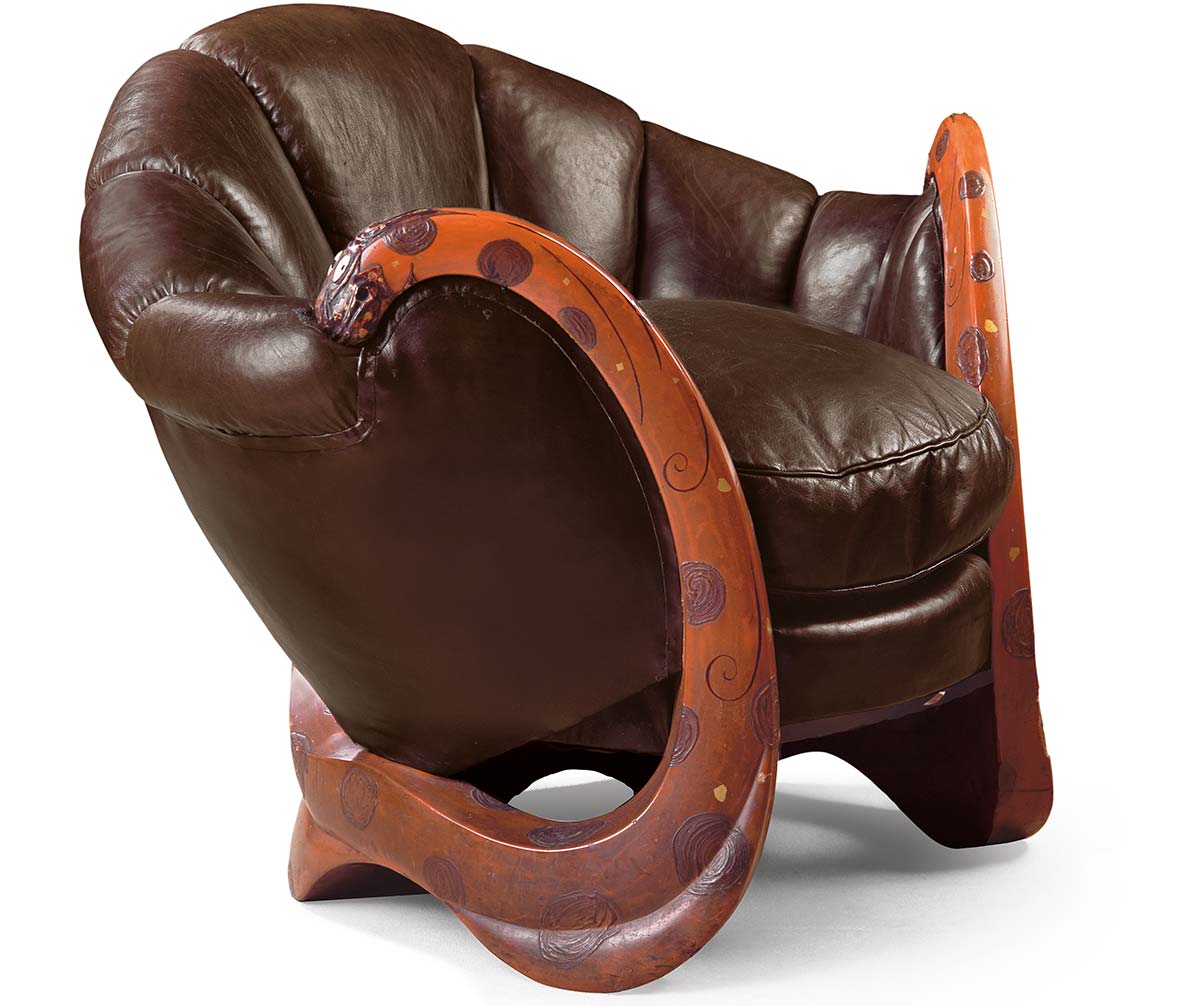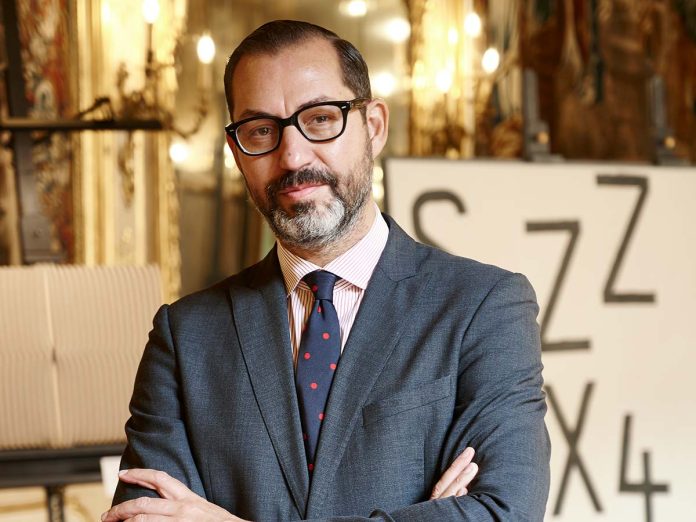A conversation in Rome in a café. Talking about legendary collections, market trends, what makes the price of an object rise. And to understand, in the end, that when we buy an important piece we are really only its temporary guardians.
What do you mean by collectible design?
Collectible design is something different from industrial design, or design that is in production. It involves one-offs or particularly rare pieces, with a very special background. The best example that comes to mind is the famous Fauteuil aux Dragons made by Eileen Gray in the 1920s; a chair created for the home of Jacques Doucet, the famous Parisian tailor and a great collector of contemporary art of his time – by contemporary we mean Picasso and his generation. The chair wound up in the collection of Yves Saint Laurent. When at Christies, in 2009, we had the chance to break up the collection of YSL and Pierre Bergé, the chair, valued at 2 or 3 million, brought a price of over 21 million euros. This caused a dreadful scandal. In our view, today it could be sold for even more. I think this example helps us to define collectible design; a unique piece, a great designer, a great client and a great collection into which the object was placed. So: origin, uniqueness, quality and big names.
What is the added value of these pieces for the buyer, for someone making an investment of this type?
Collecting is inseparable from the financial aspect, because it involves the investment of money. Having said this, however, we should say that true collectors are not driven by investment value. They pay attention to the sums they pay, the price of the objects, and they want to purchase at the right figure, but if they fall in love with a piece they are ready to spend extraordinary sums. These are the famous record-breaking auctions you read about in the papers.

What is the reason behind the growing success of collectible design?
Over the last 10 years we have seen remarkable growth, especially in the prices. Starting with Art Deco, which marks the beginning of the design era. One-of-a-kind pieces by cabinet makers and lacquerers, created by designer-decorators and architects. I am thinking, for example, of the collection of the Dalsace family, which came from the famous Maison de Verre in Paris, with several pieces of furniture by Jean Prouvé. The perfect situation: some almost unique items, others industrially produced, but invented by Pierre Chareau to furnish the Maison de Verre, making them pertinent. Pieces all from the same period, both industrial and crafted. The owners of the houses of the 1920s and 1930s have been dead for about 20 years. Then their children moved in, and now they are back on the market. So we have the opportunity, in certain cases, of finding complete interiors intact. I remember entering the home of YSL before it was emptied; an extraordinary feeling, because you could see the layering of the collection, how it had grown over time. I mention that because it is a truly perfect example. A house on Rue de Babylone, Rive Gauche; a simple but extraordinary building, because it was made in the 1940s and reflected an approach somewhat like that of Michel Frank. It faced an enormous garden, private, hidden, which YSL had transformed into a bamboo forest, which then inspired his fragrances. Inside there was a bit of everything, a bust of a minotaur that inspired another famous perfume, the Mondrians that were behind his Mondrian fashion collection, and the Art Deco he loved so much. You could see all these strata, the evolution. When collections of this type return to the market, thanks to great collectors, the public rediscovers the value of exceptional objects with magnificent backgrounds, often unique, truly beautiful, which can be inserted in a contemporary interior.
So is today’s interest also a sign of a reassessment of the past?
The interest in periods of the past, to be rediscovered, is varied and cyclical in nature. Let’s take the early 20th century. In the 1920s, the vogue was for very modern things, namely Art Deco (moving forward from Art Nouveau), but also for the French 1700s. American millionaires came to buy pieces from Renaissance Italy, but also French furniture from the 18th century, and they even dismantled castles to reconstruct them in California. There were so many styles that we having success at the same time, something like what is happening today. A reinterpretation of the past can be extremely stimulating; each of us gets inspired in their own way. I love cinema, and for years I have watched films from the 1920s and 1930s, which I find extraordinary, though I also watch movies from the 1940s. Through cinema I have discovered very exciting interiors. Today too there are people who are fascinated by the grand past, those who want absolute modernism, those who like minimalism, and others want the 1980s, like Memphis, which is making a comeback. One factor that makes prices rise – it’s not nice to say it, but it is clear – is if the designer is no longer alive, because there is no longer newly available production, and the pieces get rarer, harder to find, and more costly.

Who is a typical collector? Is there a more affordable level of collectible design?
There is no such thing as a typical collector. They are all different. There are collectors who travel to pursue certain categories, periods or styles, going to fairs, the big auction house seasons, or visiting galleries. There are many opportunities. Today there is also the online side, which is a very important channel for design, especially for more recent industrial pieces. Vintage industrial design, which we could call second-hand, of quality, produced perhaps 20, 30 or even 40 years ago, is quite affordable today. There are platforms where you can buy furniture, accessories, rugs for a few hundred euros.
Is the success of collectible design greater in Italy or abroad?
We are one of the most important countries for design, starting from the 20th century. In Italy there has always been interest in design, passed down from father to son. There are many auction houses in Italy that have made a name abroad precisely because of their design sales. Nevertheless, the big numbers, at least at auctions, are in Paris and New York, our main locations for collectible design. The highest prices are for pieces from the 1920s, 1930s and 1940s, all the way to the 1950s and 1960s, for Italian and Scandinavian design. In the 1920s and 1930s French design prevails, for obvious reasons, because the French invented Art Deco, and then launched it in the world. The Bauhaus is in a slight slump, though until a few years ago it was one of the categories with extraordinary results. An original armchair by Breuer, for example, is a different matter, and it will continue to be interesting.
You have been the organizers of exhibitions, like Mingardo and Edit Napoli. How was that experience?
Fantastic, in both cases! I am an auctioneer, but only at benefit auctions – last year I did 14 of them in six months. It seemed very important, especially coming out of the pandemic. Mingardo is an amazing person. He wanted to commemorate his mother, who died young due to a tumor, with a series of unique objects created by various designers. It was a success, all pieces sold, and the proceeds went to Istituto Mario Negri. Edit Napoli, an initiative of Domitilla Dardi and Emilia Petruccelli, is a very fresh, enjoyable fair. The objects designed by Patricia Urquiola with a team from the school of the Fabbrica di Capodimonte, a case of excellence for 18th-century porcelain, were auctioned to benefit the restoration of an educational garden of the school, allowing students to draw the famous flowers of Capo di Monte, for the decoration of their porcelain creations.
What advice do you have for people interested in this field, who want to take their first steps as collectors?
The first thing is to understand what it is that you like, what style you want to create, what type of atmosphere you want to live in. At that point, you identify your own favorite designers and look at the results of their products on auction, to get an idea of the sums involved. The next step is to start searching, using online auction houses and platforms. Working for Christie’s for over 14 years, I have seen hundreds of auctions, very beautiful collections, an infinity of objects. Over time I have realized that it not so much the object itself that counts, but the stories that are connected with that object. There is something, a cultural value, that makes that object attractive for us. The ideal? To buy an object you love at the right price, an object that will continue to speak to us, to inspire us, aware of the fact that we are simply temporary guardians, because sooner or later the object will pass into the hands of someone else.







